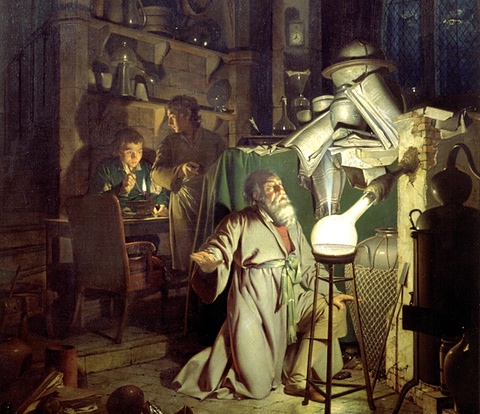
The reactions are probably:
Ca3(PO4)2 + (8)C --> Ca3P2 + (8)CO
(6)CaO + (4)P --> Ca3P2 + Ca(PO3)2
Calcium phosphide reacts with water to produce highly poisonous phosphine gas, which will spontaneously ignite upon exposure to air.
Ca3P2 + (6)H2O --> (3) Ca(OH)2 + (2)PH3
Phosphine gas is oxidized by sulfur dioxide at room temperature, the reaction is best done in aqueous solution as otherwise the two gases may combust on contact:
(8)PH3 + (6)SO2 --> (12)H2O + P2S6 + P4
[Edited on 18-10-2011 by AndersHoveland]

 ! I can't find the synthesis withoout using an impossible to find
phosphorus compound...
! I can't find the synthesis withoout using an impossible to find
phosphorus compound...
 You are making comedy, not me. Don't lie please.
You are making comedy, not me. Don't lie please.
